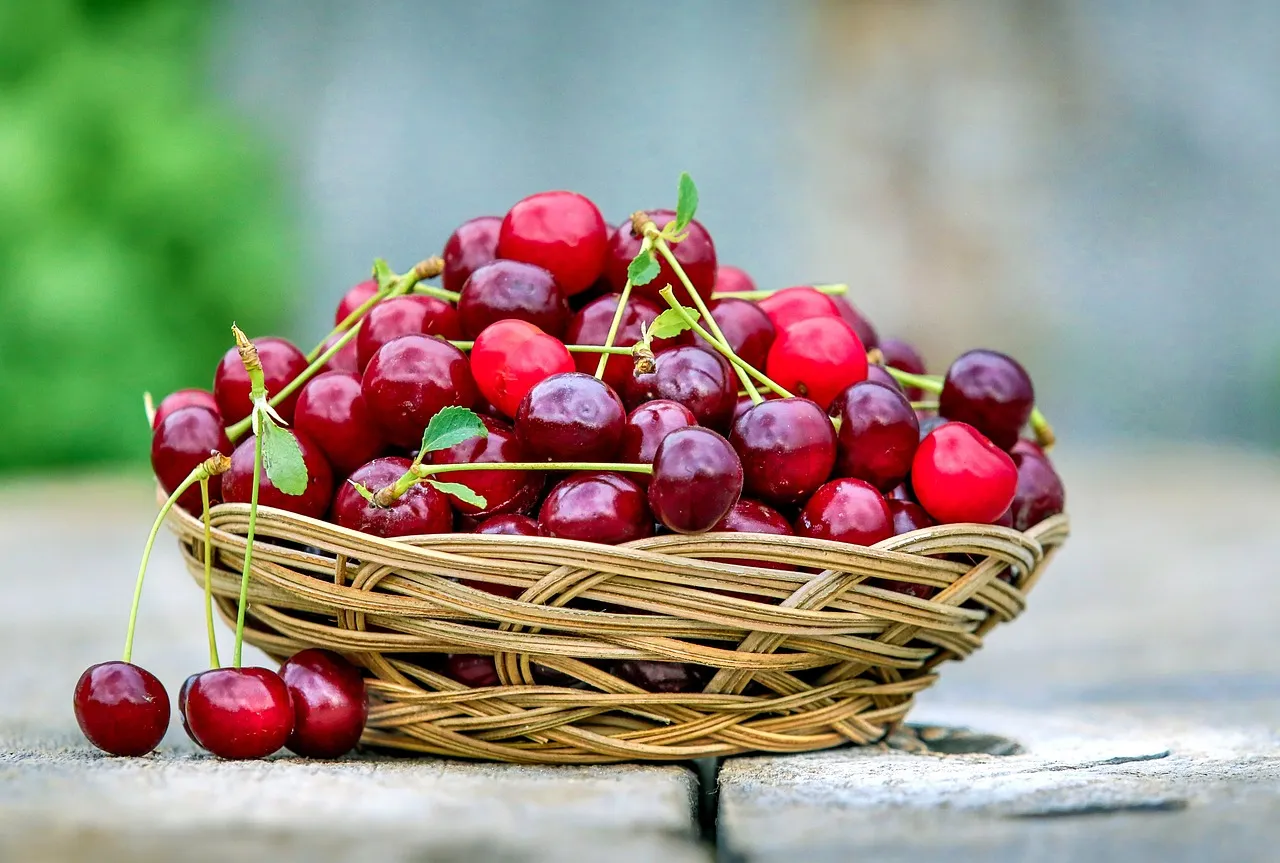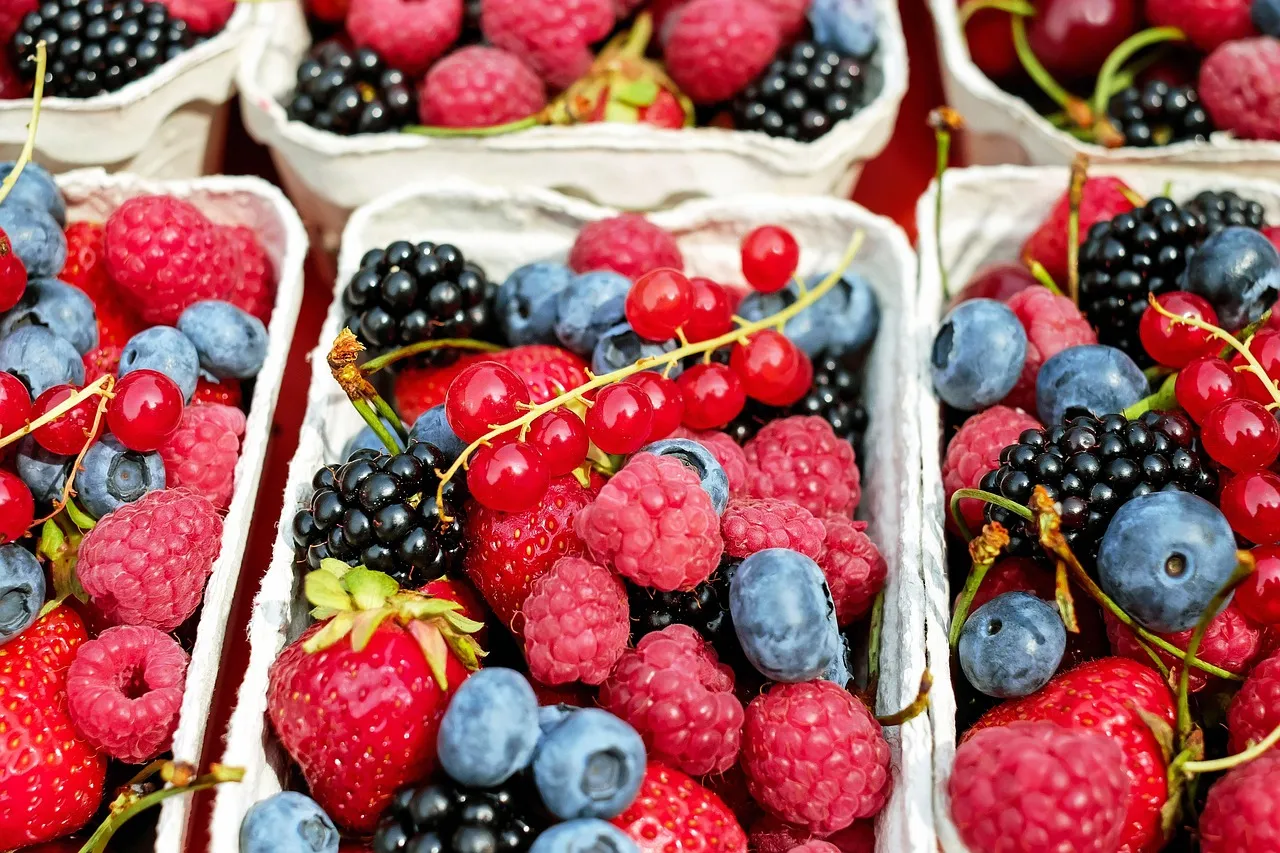Introduction
Summer is the perfect time to indulge in nature’s sweetest and healthiest treats—and nothing beats the satisfaction of picking fresh, juicy berries straight from your own garden. Whether you have a spacious backyard or just a sunny balcony, summer berries gardening offers a delightful and productive way to enjoy the season.
Thanks to their compact growth and colorful yields, berries are ideal for both beginner and experienced gardeners. You don’t need a lot of space or expertise to grow berries at home—just sunlight, the right containers, and a few essential tips.
This step-by-step guide is crafted to help you successfully grow strawberries in pots, cultivate raspberries for home garden setups, and master the care needed for a thriving berry patch. With the right preparation, your garden can become a lush, fruit-filled paradise throughout the summer.

Why Grow Berries at Home?
Growing berries at home is not only a cost-effective alternative to store-bought fruit but also a step towards a more sustainable lifestyle. Berries like strawberries, raspberries, and blueberries are packed with antioxidants, fiber, and essential vitamins. Plus, they require minimal space and are ideal candidates for container gardening, vertical setups, and raised beds.
Benefits of Homegrown Berries:
- Fresh, organic, and pesticide-free
- Easy to grow in limited space
- Excellent for pollinator-friendly gardens
- Economical and eco-friendly
Best Berries to Grow in Summer
Not all berries are created equal when it comes to summer gardening. Here are the best berries to plant during the warm months:
1. Strawberries
Strawberries are ideal for beginners. They thrive in pots, hanging baskets, and raised beds.
- Varieties: June-bearing, Everbearing, Day-neutral
- Container Tip: Choose pots with good drainage and place in full sun
- Soil: Slightly acidic, well-draining soil rich in organic matter
2. Raspberries
Raspberries are slightly more demanding but worth the effort. They’re perfect for home gardens and trellised vertical spaces.
- Varieties: Summer-bearing (fruit once), Fall-bearing (fruit twice)
- Sunlight: 6–8 hours of direct sunlight
- Soil: Moist, fertile soil with good drainage
- Tip: Prune old canes to encourage new growth
3. Blueberries (Bonus)
Though they require acidic soil, blueberries are container-friendly and visually appealing.
- Soil pH: 4.5–5.5
- Tip: Use peat moss or sulfur to lower soil pH

Step-by-Step Guide to Grow Berries at Home
Step 1: Choose the Right Location
Select a sunny spot with 6–8 hours of sunlight daily. Balconies, patios, and windowsills are great options.
Step 2: Pick the Right Containers
If you’re aiming to grow strawberries in pots, go for containers at least 12 inches deep. Hanging pots or vertical planters also work well.
Step 3: Prepare the Soil
Use a mix of compost, potting soil, and a bit of sand for drainage. Ensure the soil is rich in nutrients and drains well to prevent root rot.
Step 4: Plant Your Berries
- Spacing: Space strawberry plants about 12–18 inches apart. Raspberry canes need more room, around 18–24 inches.
- Depth: Plant crowns of strawberries just above the soil surface; bury raspberry roots about 2 inches deep.
Step 5: Watering and Feeding
- Keep soil consistently moist but not soggy.
- Use organic fertilizer or berry-specific feed every 3–4 weeks during the growing season.
Step 6: Mulch and Maintenance
- Apply straw or leaf mulch to retain moisture and reduce weeds.
- Prune raspberries after fruiting; remove runners from strawberries to promote more fruit.
Step 7: Harvest and Enjoy!
- Pick berries when fully colored and slightly soft.
- Harvest in the early morning for best flavor.

Troubleshooting Common Problems
Even the most carefully tended berry plants can sometimes run into issues. Here’s how to identify and fix the most common problems in summer berries gardening:
- Yellowing Leaves: This often indicates poor drainage or a lack of essential nutrients, particularly nitrogen. Ensure your pots or garden beds have proper drainage holes and consider adding a balanced, organic fertilizer to support healthy leaf growth.
- Small or Undersized Fruits: If your berries are growing, but not reaching their full size, the issue might be inadequate sunlight or overcrowded planting. Make sure your berry plants receive at least 6–8 hours of sunlight daily and are spaced properly to allow good air circulation and nutrient access.
- Pest Problems: Aphids, spider mites, and slugs can damage leaves and fruit. Combat these pests by spraying plants with a mild neem oil solution or introducing beneficial insects like ladybugs and lacewings to naturally manage infestations.
- Mold or Rot: Excess moisture, especially on berries close to the soil, can lead to fungal problems. Use mulch like straw to keep berries off the soil and water plants at the base in the morning to allow foliage to dry by evening.
Being observant and taking quick action can keep your homegrown berries healthy and fruitful all season long!
Final Thoughts
With a little care and the right conditions, you can grow berries at home and enjoy fresh, juicy harvests all summer long. Whether it’s strawberries in pots on your balcony or a full raspberry patch in your backyard, summer berries gardening is an accessible, enjoyable way to connect with nature and boost your health.
Start your berry garden today and let your summer be sweet, one berry at a time!
